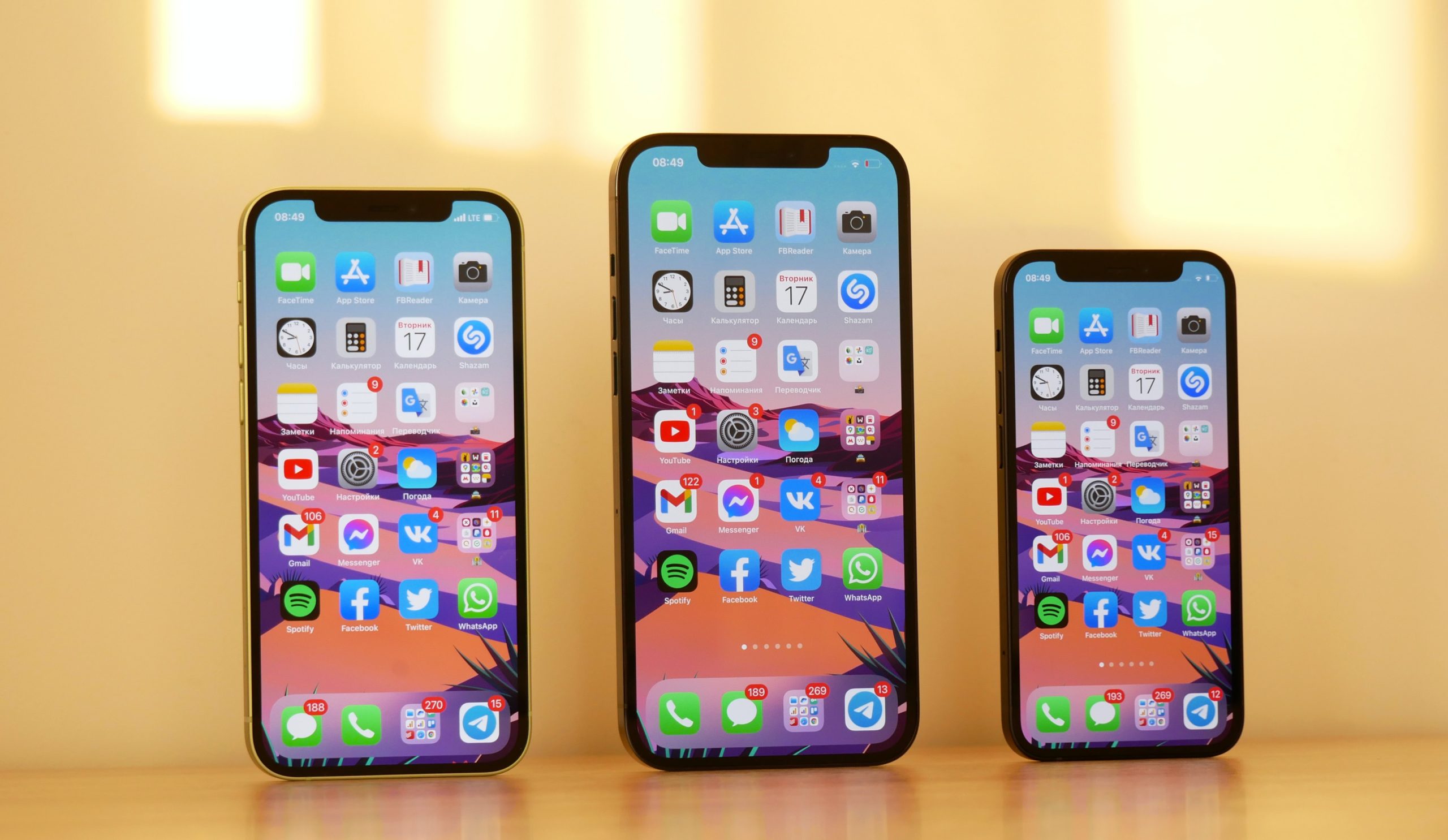There are tens of thousands of apps for mobile devices like iPhones and Androids, and inventors are coming up with news apps everyday.
Under some circumstances, mobile device apps can be patented and there are many good reasons for doing so. Obtaining a patent from the US Patent & Trademark Office (“USPTO”) gives the owner a legal monopoly on making and selling an invention. As a corollary, others can be excluded and prevented from making and using an invention. A patent owner can sue for patent infringement and, potentially, recover significant money damages. For example, Apple and Samsung have been engaged in a long-running patent infringement case involving Apple’s design of the iPhone. Back in 2018, Apple won a jury trial against Samsung where the jury awarded Apple $539 million in damages.
If your app is patentable, it is a good idea to patent it. But, not all mobile apps will be patentable. To be patentable, a mobile app must be novel, nonobvious, and useful. Moreover, what is patentable is the app’s architecture, processes, and methods, not the “idea” behind it or its datasets or coding. Ideas are not patentable and neither are data sets or coding. Generally, those tend to be protectable by copyrights.
There are two types of patent applications that can be filed — a provisional or standard application. A provisional application has the advantages of being less involved (and, thus, less expense) while preserving the inventor’s priority date (which is important if a competitor is working on a similar invention). A provisional application also has the advantage of allowing the app to be sold and marketed which can provide data on commercial viability. A provisional application has the disadvantage that it must be converted into a full application within a year. Otherwise, the patent protections will be lost.
In terms of cost, a good rule of thumb is that filing an application for a provisional patent for a mobile app will cost between $4,000-$7,000 in addition to the USPTO filing fees. USPTO filing fees are a few hundred dollars depending on who is filing. The listed costs and expenses relate to various parts of the patent process including:
- Conducting searches of existing patents
- Researching prior art to determine patentability
- Preparing the application
- Filing the application with the USPTO
In general, filing a standard patent application costs about three times as much ($12,500-$20,000). Likewise, the USPTO’s filing fees are about three times as much.
The higher costs for a standard patent application relate to expenses involved in the examination process. The USPTO will not begin the examination process until a full, non-provisional patent application has been filed. When a non-provisional patent application is filed, it is assigned by the USPTO to a patent examiner who will examine the application for legal sufficiency. In over-simplified terms, the examiner will look for relevant patents and prior art in your field of endeavor and compare those to your invention. Ultimately, the examiner will decide if your mobile app is patentable based on prior patents, prior art and the legal requirements. This process can take from one to three years or even longer. At various points, the examiner may issue what are called “office actions” which are communications to your patent attorney that raise questions about the application. These office actions require a response from the applicant which, typically, require great detail. Care must be taken to prepare a response correctly to ensure the application is not rejected. For more information or if you have a mobile app that you want to patent, contact the patent lawyers at Revision Legal at 231-714-0100.




